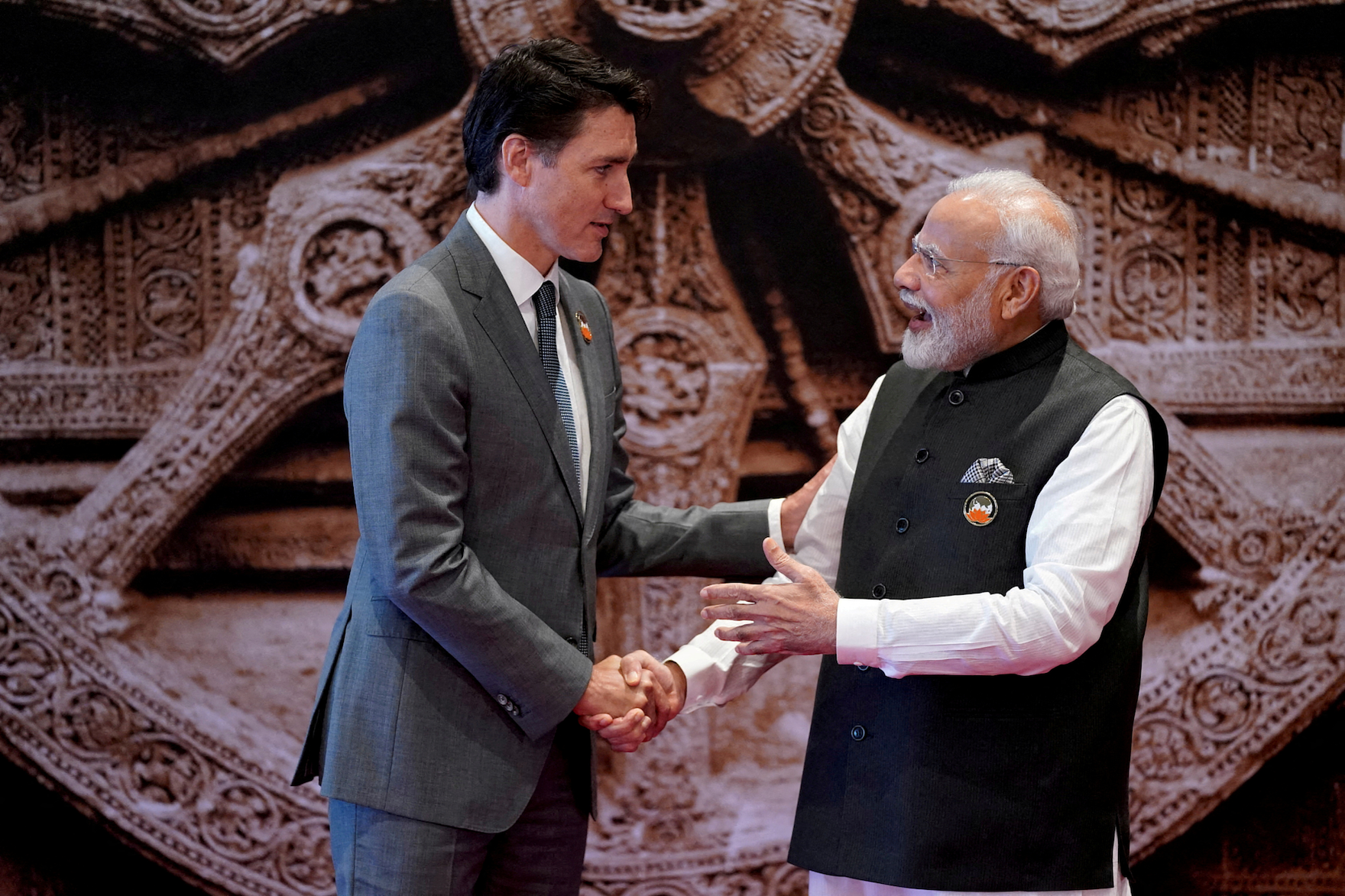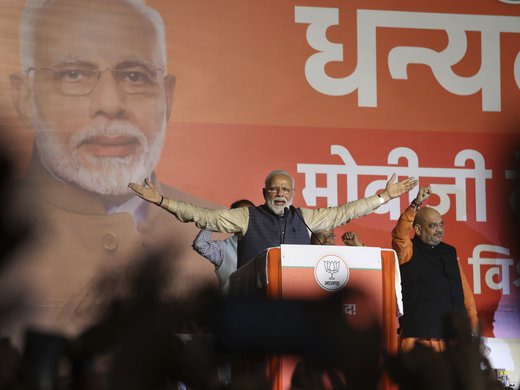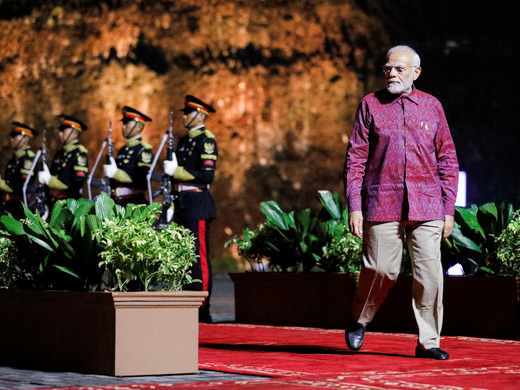With the recent dramatic statement in Canada’s Parliament about alleged official Indian complicity in the assassination of a Canadian citizen on Canadian soil, Canada-India relations have once again hit a bump. Unlike past episodes that might be described as irritants of varying degree, such as India’s perception of Canada being deaf to its security concerns emanating from sympathizers for Sikh autonomy living in Canada, and Canada’s perception of India as a liberalizing laggard, this one is serious.
How serious, and with what repercussions, remains to be seen. But it is worth reflecting on how politics, geopolitics and economics interact. On the bilateral Canada-India economic front, there are three sets of issues in play.
First, trade. It is the most visible part of the economic relationship and the one that has received the most attention because the negotiations for a bilateral agreement have been paused — again. There is a long and insubstantial history here. Discussions formally started in 2010 were meant to lead to a comprehensive economic agreement that went beyond trade. It became apparent that the ambition exceeded the reality, which is that neither country is a high economic priority for the other, and hence both are unwilling to make concessions that would have to be extended to other larger, more important economic partners.
In recent years, India has hovered around the number-10 mark among Canada’s trade relationships, and Canada has been around number 30 among India’s trade partners. Trade is in predictable streams — agricultural products and minerals exported by Canada, and light manufactures, textiles and gems exported by India. The bilateral trade relationship amounts to less than one percent of the countries’ total international trade. The negotiations that had a long, tedious past with potential gains to be made have now come to a halt for the foreseeable future.
Second, investment. Albeit from a small base, Canadian investment in India, mainly through the activities of its pension funds, was growing rapidly in recent years. Looking to diversify a portfolio concentrated in the United States, the United Kingdom and the European Union, Canadian pension funds have been seeking opportunities in India’s infrastructure, health and green technology sectors. India values this too, as this is considered high-quality “patient” money that often comes with technical expertise in these cutting-edge sectors. For its part, India seeks safe and reliable sources for ores and minerals, making Canada a potentially important investment partner. The thicket of rules and regulations that governs foreign investments in India might be made thicker for Canadian investments if the crisis worsens and governments seek more retaliatory measures.
Third, higher education. This has been another growth area in recent years with an influx of students from India at Canada’s colleges and universities. The enrolment of international students from all countries grew by more than 150 percent in the last 10 years. India has shared in this growth and placed 226,000 students in 2022, the largest cohort among all sender countries. In Ontario, colleges receive a higher proportion of their revenue from foreign student fees than they do from the province, and some colleges and universities are unusually dependent, by historic standards, on this source. To the extent that some of the students from India rely on government-funded scholarships for study abroad, their government might in future wish to direct them to other countries like Australia, the United Kingdom and the United States — countries that also already host large numbers of students from India.
Overlaid on all this is the geopolitical dimension. India is seen by the Western alliance as a bulwark against the contested rise of China as a global power. Although India may be far from replacing China in global value and supply chains, the thrust of the “friend-shoring” trend is precisely to build up India’s capabilities in this regard.
Despite concerns over the country’s human rights record recently, Prime Minister Narendra Modi has been feted during visits to Washington and Paris this summer, with blandishments of preferential economic and security deals. The reactions of Canada’s Western allies to the statement by Prime Minister Justin Trudeau have been measured, even muted, in their support for Canada over what will amount to a major transgression of global norms if the allegations are proven correct. Warts and all, India may still be the preferred partner for the United States, the United Kingdom, the European Union, Australia and Japan.
Unless similar misdeeds are alleged and proven in these countries, Canada may find itself alone on this one — not because it is wrong or disliked, but because we live in an integrated world where values and interests collide with unforeseeable consequences.



